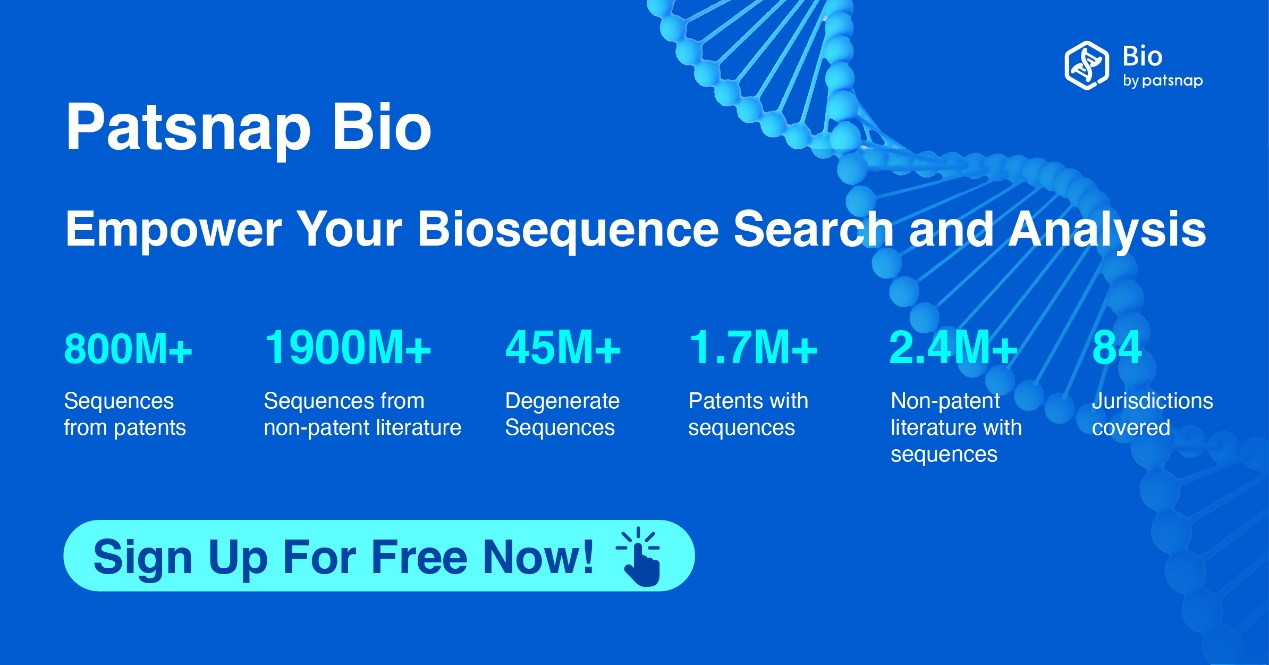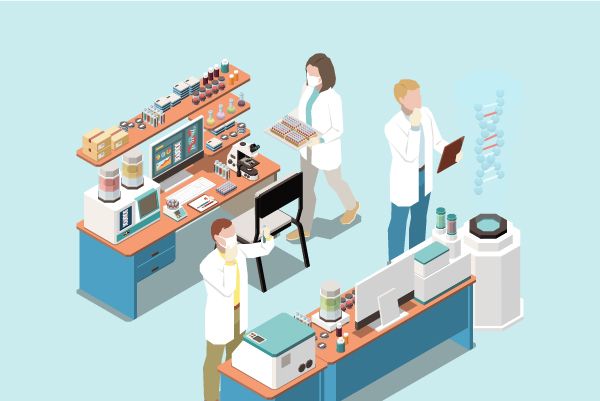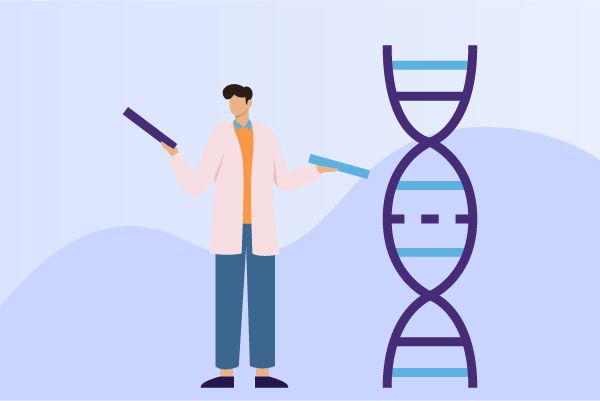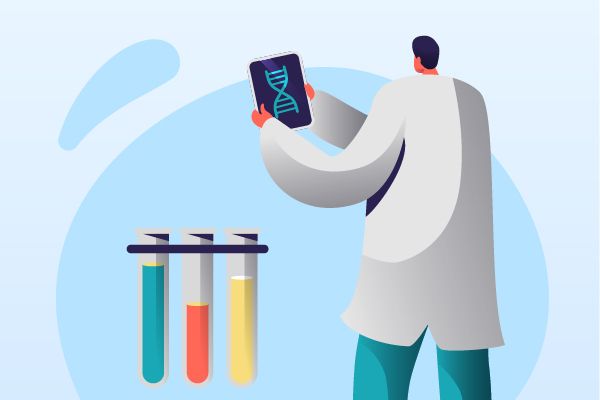Biological Glossary | What is Promoter?
A promoter, in genetics, refers to a region of DNA where transcription of a gene commences. This area is vital for expression vectors, controlling the attachment of RNA polymerase to DNA, ultimately leading to the transcription of DNA to mRNA which then translates into a functional protein. Therefore, the promoter region dictates the time and location the gene of interest is expressed.
These promoters, typically about 100-1000 base pairs long and located upstream of the transcribed gene, are comprised of DNA sequences known as response elements that facilitate the binding of RNA polymerase and transcription factors, thus regulating DNA transcription into mRNA.
There are three main parts of a promoter: core promoter, proximal promoter, and distal promoter. The promoter sequences play a role in deciding which DNA strand will be transcribed, known as the sense strand, and enable the direction of transcription. They define the DNA strand's transcription initiation site and are generally located upstream or at its 5' end. Several transcription factors are required in eukaryotes to facilitate RNA polymerase II's binding to a promoter.
Promoters, as a sequence of DNA, allow proteins to bind and initiate the transcription of an RNA transcript from the DNA downstream, which could be encoding a protein (mRNA), tRNA, or rRNA. Misunderstandings can arise when using a canonical sequence to describe a promoter as variations in promoters or transcription factors can cause diseases. In addition, promoters become the subjects of interest in the bioinformatics field as they play a significant role in various human diseases like diabetes, cancer, and Huntington's disease.
Free registration is available for the Bio biological sequence database: https://bio.patsnap.com. Act now to expedite your sequence search tasks.




